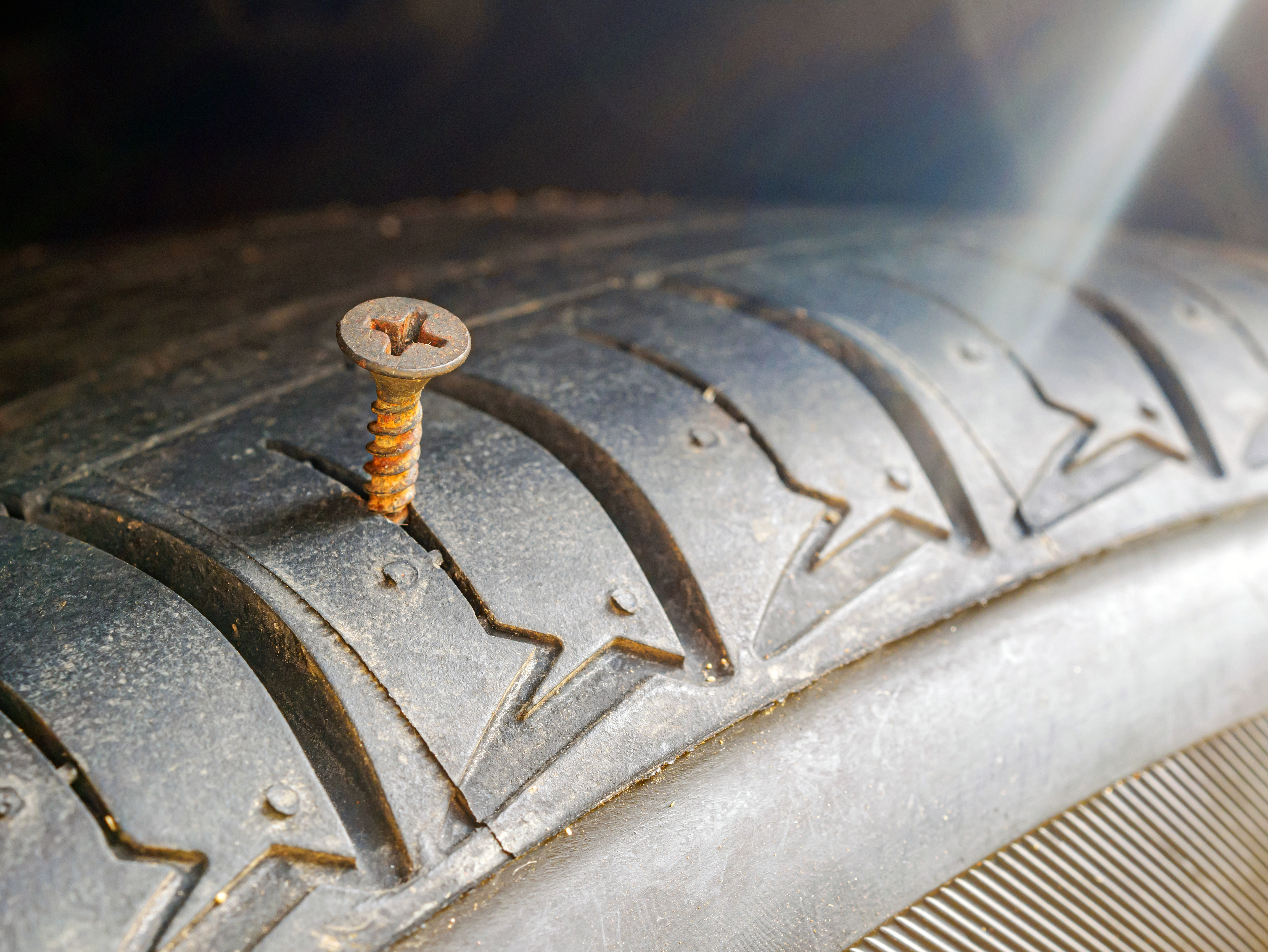Driving with under-inflated tyres might seem minor, but ignoring it can lead to bigger problems.
Here’s what can happen when your tyres are not inflated correctly, and simple steps to help keep you moving.
As a Motability Scheme customer, tyre repair and replacement is already included in your all-inclusive lease package. That means if your tyres are damaged or worn, you’re covered. RAC roadside assistance is also part of your cover, so if you do ever get a puncture while out and about, help is just a call away. But there are simple things you can do yourself to help prevent tyre problems.
- What happens when your tyres are under-inflated?
- What causes under-inflated tyres?
- Checking your tyre pressure
- Keep moving with confidence
What happens when your tyres are under-inflated?
- Uneven tyre wear: Under-inflated tyres can bulge at the sides because they do not have enough air pressure to keep their shape. The edges wear out faster, which could cause a burst. If you spot a bulge or misshapen tyre, do not ignore it. Replace it immediately, use your spare tyre, or call your the RAC on 0800 73 111 73
- Poor fuel economy: Under-inflation increases rolling resistance, forcing your car to work harder. Even a small drop in tyre pressure can increase fuel use by up to 5%. Check out Kwik Fit’s guide to maintaining good tyre conditions
- Unresponsive steering and braking: Low-pressure tyres can make your car feel sluggish and harder to steer, especially around corners. Braking can also become harder, impacting your safety
- Reduced tyre lifespan: Tyres running 20% below the recommended pressure wear out 30% quicker, according to tyre brand Vredestein. Regular checks and maintenance keep your tyres in good shape and keep you safe
There are several common causes, including:
- Sharp objects like nails or screws
- Tyres naturally lose a small amount of air each month
- Faulty valves or wheel corrosion
- Pothole damage
- Cold temperatures in winter reducing pressure levels
Checking your tyre pressure monthly, and before long journeys, is essential. You can easily do this with a petrol station compressor (usually about 50p to £1) or a portable 12v compressor at home.
Remember that tyre pressures change with temperatures. Cold weather can lower your tyre pressure, so check them more regularly in winter.
While your Motability Scheme lease covers servicing, here are quick, manageable DIY checks you can do:
- Look for visible signs of low pressure, such as tyres looking noticeably flatter or feeling softer
- Check tyres for embedded objects like nails or glass regularly
- If physically manageable, regularly use a portable compressor with an easy-to-use trigger system at home to maintain correct pressure
- Or Try an easy-grip digital tyre pressure gauge with a large display. You could also ask someone to help at petrol stations offering tyre-check services
If you think your tyres need checking or replacing, your local Kwik Fit centre is there to help. The quickest way to book is in your Motability Scheme online account.
Maintaining proper tyre pressure is not just about avoiding flats, it’s about ensuring a smoother, safer journey every time.
Keep your tyres properly inflated, and you’ll stay safe while keeping your car on the road for longer.
Sign in to your Motability Scheme online account
Want quick access to your lease details?
Featured image credit: FlairImages
Related articles
What to expect when visiting a Kwik Fit centre
Tyres fitted at home: a closer look at Kwik Fit’s mobile service
Everything you need to know about servicing your Motability Scheme car
![]()






